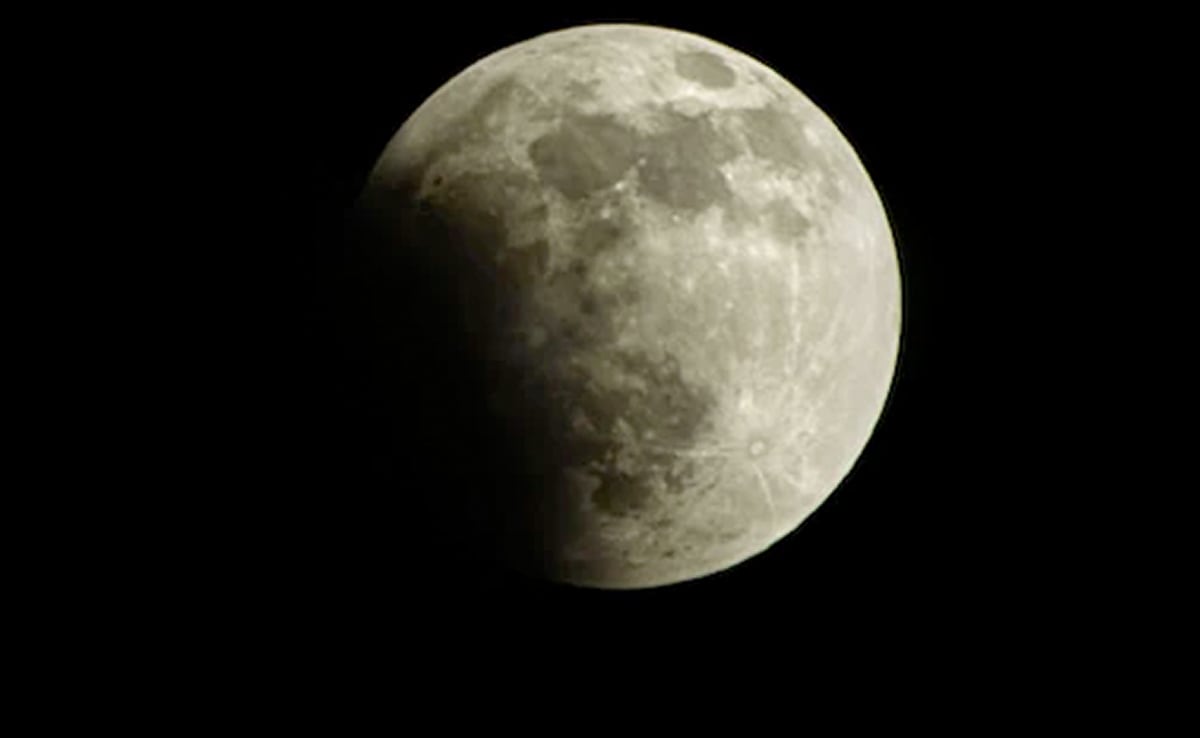
Lunar eclipses occur at the full moon phase. (Representational Pic)
Earth will experience two eclipses this month. After the annular solar eclipse on October 14, the moon will appear partially blocked in the night sky. The lunar eclipse will occur on October 28, two weeks after the solar eclipse. According to space.com, it will be visible over parts of Europe, Asia, Australia, Africa, North America, North/East South America, Pacific, Atlantic, Indian Ocean, Arctic and Antarctica. A lunar eclipse takes place during the full moon phases, when the Earth is positioned precisely between the moon and the Sun.
Time of the lunar eclipse
The celestial event will begin at 3.36 pm EDT (1.06 am IST on October 29) and end at 4.53 pm EDT (2.23 am IST on October 29). This will be the second lunar eclipse of the year after a penumbral lunar eclipse on May 5.
Unlike solar eclipses, watching the moon being shadowed by the Earth with naked eyes is perfectly safe.
Will the lunar eclipse be visible in India?
In-The-Sky.org has prepared a path where the lunar eclipse will be visible. The website said that it will be visible from New Delhi in the south-western sky.
The moon will lie 62 degrees above the horizon at the moment of greatest eclipse, in-the-sky further said.
It also has a simulation that shows the moon’s relative path to the Earth’s shadow. The outer grey circle is the Earth’s penumbra, within which the Earth blocks part of the Sun’s light, making the moon appear less bright than usual, but not completely dark. The inner black circle is the umbra, within which the Earth entirely blocks the Sun’s light, making the moon’s disk appear entirely unilluminated.
How is lunar eclipse formed?
According to American space agency NASA, lunar eclipses occur at the full moon phase.
When Earth is positioned precisely between the Moon and Sun, Earth’s shadow falls upon the surface of the Moon, dimming it and sometimes turning the lunar surface a striking red over the course of a few hours. Each lunar eclipse is visible from half of Earth, the space agency further said.




